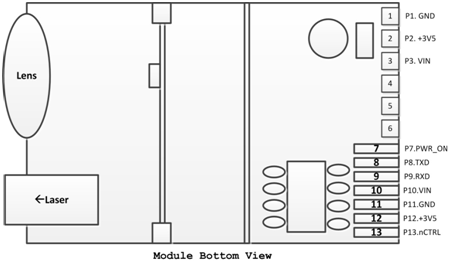Wheat winter irrigation cannot be willful
1. Reasonably determine the time for watering frozen water. The most suitable watering time is "night freezing and day disappearance", generally around the light snow solar term in late November, the daily average temperature starts at 7℃~8℃, and ends at 4℃~5℃. Watering too early, the temperature is too high, and the evaporation is too large, which cannot play the role of heat preservation and moisture increase. The better-growing wheat field will also cause the wheat seedlings to grow due to sufficient water and fertilizer, which will seriously cause jointing before winter and easily cause freezing damage; watering too late, The temperature is low, the water is not easy to infiltrate, the formation of stagnant water, the ground freezes, and the plants are easily damaged by freezing after winter irrigation. During the day, it should be selected after 9 am to 4 pm. 2. Watering frozen water to see moisture and seedling conditions. In order for wheat to have a suitable soil moisture content when it turns green, the general soil moisture content is insufficient. The soil moisture content of the plough layer is less than 16%, the soil moisture content is less than 18%, and the clay soil is less than 20%. Above the above index, the soil moisture is better and can be irrigated slowly or not. Winter irrigation is not suitable for weak seedling wheat fields with few leaves, few roots, no tillers or few tillers, especially late sowing seedlings. For wheat fields with large groups and vigorous growth, winter irrigation can be delayed or not winter irrigation if the moisture content is good; Wheat fields with sufficient base fertilizer can not be watered with overwintering water. 3. Irrigation should be appropriate. Irrigation volume should not be too large, it is advisable to be able to irrigate and seep on the same day, avoid flooding with flooding, and the ground area is watery and frozen. The general irrigation volume per mu is 45-50 cubic meters. For wheat fields lacking fertilizer, winter irrigation and topdressing can be combined with supplementary application of 5-8 kg of urea per mu. After watering, timely hoeing should be carried out to protect the moisture, increase the ground temperature, and prevent compaction and cracking, wind damage to roots, and dead seedlings. Disclaimer: Some articles on this website are transferred from the Internet. If the legal rights of a third party are involved, please inform this website for processing. phone Industrial Laser Distance Sensor
Industrial
Laser Distance Sensor, we also call it secondary development laser distance
module, which support TTL level and CMOS. The laser range sensor can be widely
used in professional surveying, mapping, construction, robots, hunting arrows,
industrial monitoring and automated measurement applications in electricity,
transportation, etc. Our laser distance module supports data communication with
RS232, USB with a simple adapter. The results of laser distance sensor can be
evaluated with Arduino. We are always looking ahead, hoping we can make every
measurement simple in life!
Parameters
of M703A:
Accuracy
±1
mm (0.04 inch)
Measuring
Unit
mm
Measuring
Range (without Reflection)
0.03-60m(150m can customize)
Measuring
Time
0.125~3
seconds
Laser
Class
Class
II
Laser
Type
620-690nm,
<1mW
Size
45*25*12mm (±1 mm)
Weight
About 10g
Voltage
DC2.0~3.3V
Electrical
Level
TTL/CMOS
Frequency
8Hz(20Hz can customize)
Operating
Temperature
0-40 ℃ (32-104 ℉ )
Storage
Temperature
-25~60 ℃ (-13~140 ℉)
Laser Distance RS232,Arduino Distance Module,Laser Module RS232 Chengdu JRT Meter Technology Co., Ltd , http://www.accuracysensor.com
